Pet travel often gets complicated, especially if you’re travelling internationally to Australia. You need to think about import regulations, vet visits, quarantine, and more.
During 50+ years of providing pet travel in Australia, we’ve come across some mistakes popping up frequently. Here are 8 common pet travel mistakes and how to avoid them.
1. Starting Travel Plans Too Late
Why Early Planning Is Essential for Pet Travel
Planning ahead is the key to a smooth and stress-free pet travel experience. Many pet transport companies, airlines, and quarantine facilities have limited availability.
Booking early ensures you have enough time to meet all travel regulations, secure a spot for your pet, and prepare them properly for the journey.
A well-planned trip reduces the risk of delays, extra costs, and unnecessary stress for you and your pet.
How Last-Minute Arrangements Can Lead to Complications
Leaving pet travel plans to the last minute can create serious problems. Quarantine bookings, vet appointments, and airline pet spaces often fill up months in advance.
If you delay, you may struggle to find available flights or face additional fees for urgent bookings.
Missing vital paperwork or vaccinations in a mad last-minute rush could lead to denied entry, extended quarantine, or even cancellation of your pet’s travel.
Best Timeline for Booking Pet Transport
To avoid complications, plan your pet’s travel at least 6 months in advance, especially for international pet travel. This allows time for:
- Microchipping and required vaccinations
- Veterinary health checks and paperwork
- Booking quarantine space if needed
- Selecting an airline-approved travel crate
- Crate training to keep your pet comfortable during transport

For domestic pet transport within Australia, aim to book transport services at least 2 months ahead to secure space and prepare your pet for the journey.
If using our domestic road pet transport services, bookings must be confirmed two business days before the travel date. We experience high demand and would advise you to book ahead to avoid disappointments.
Early planning gives you peace of mind and ensures your pet’s travel experience is safe and comfortable.
2. Not Researching Pet Travel Regulations

Understanding Australian Pet Import and Travel Laws
Australia has some of the strictest pet import laws in the world. These rules protect the country from diseases and pests that could harm local animals and people.
If bringing a pet into Australia, you must follow import regulations from the Department of Agriculture, Fisheries and Forestry (DAFF). These include:
- Microchipping your pet before travel
- Ensuring all required vaccinations are up to date
- Completing the correct paperwork, such as an import permit
- Booking an approved quarantine facility for post-entry quarantine
With domestic travel within Australia, pet transport rules are less strict. States typically have the same regulations for pet travel – but not always.
For instance, dogs entering Tasmania must get treated for hydatids in the 14 days before departure.
To enter Tasmania with your dog, you must provide one of the following:
- A veterinary certificate (from a registered vet) detailing effective treatment within 14 days of entry into Tasmania
- A Statutory Declaration from the dog owner indicating effective treatment within 14 days of entry
- Evidence of effective treatment, such as the worming product packet
Airlines may also have different requirements, so always check the latest regulations before making travel plans. Better yet, use a pet transport company like Dogtainers with experts who know the regulations inside and out.
Quarantine Requirements and Restrictions
Most pets entering Australia must stay in quarantine to ensure they are healthy and disease-free. The Mickleham Post Entry Quarantine Facility in Melbourne is the only government-approved quarantine centre for cats and dogs arriving in Australia.
The standard quarantine period is 10 days. Pets that show signs of illness or have incorrect paperwork may need to stay longer.
Some pets, such as rabbits and guinea pigs, are only allowed entry from certain countries. Others, including ferrets and birds, may not be permitted at all.
We can help you confirm whether your pet can enter Australia and what quarantine rules apply.
Common Regulation Mistakes Pet Owners Make
Many pet owners assume that pet travel is simple. But mistakes in paperwork and preparation can cause delays or even lead to denied entry.
Common mistakes include:
- Using the wrong type of microchip that cannot be scanned in Australia
- Not completing the rabies vaccination and blood test within the required timeframe
- Forgetting to reserve quarantine space in advance
To avoid these issues, carefully review the government’s pet travel guidelines, work with a professional pet transport company, and prepare well in advance.
3. Skipping a Visit to the Vet
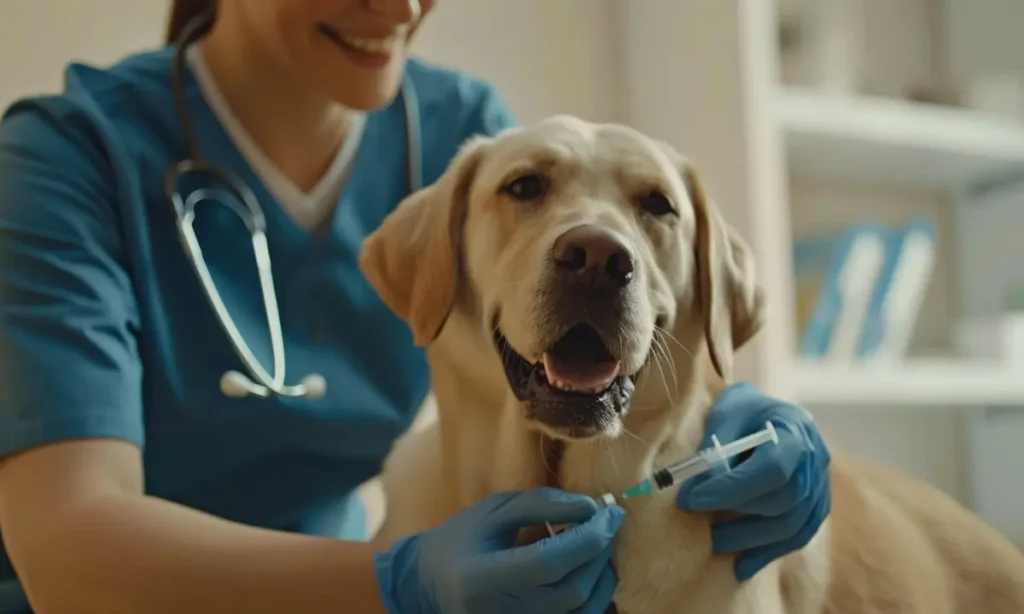
Why a Pre-Travel Health Check Is Crucial
Visiting the vet before international pet travel is usually mandatory. Your pet needs a health certificate showing they’re healthy and fit to fly.
A pre-travel check can detect hidden health issues that potentially make travel unsafe, such as heart problems or respiratory conditions.
Health checks are generally optional for domestic pet travel. But the following pets must get a vet check:
- Aged 8-12 weeks
- Over 12 years
- Snub-nosed breeds like French Bulldogs
We advise getting a pre-travel health check, even if it isn’t mandatory. This ensures your pet can travel safely and gives you peace of mind.
Required Vaccinations and Parasite Treatments
Pets travelling to Australia must have specific vaccinations and parasite treatments before departure. The requirements depend on the country of origin, but common ones include:
- Rabies vaccination (mandatory for pets from most countries)
- Rabies-neutralising antibody test (RNAT) (for pets from non-rabies-free countries)
- Internal parasite treatment (against tapeworms and other intestinal parasites)
- External parasite treatment (to prevent fleas and ticks)
If these treatments are not completed within the required timeframe, your pet may face extended quarantine or even be refused entry.
4. Choosing the Wrong Pet Travel Crate
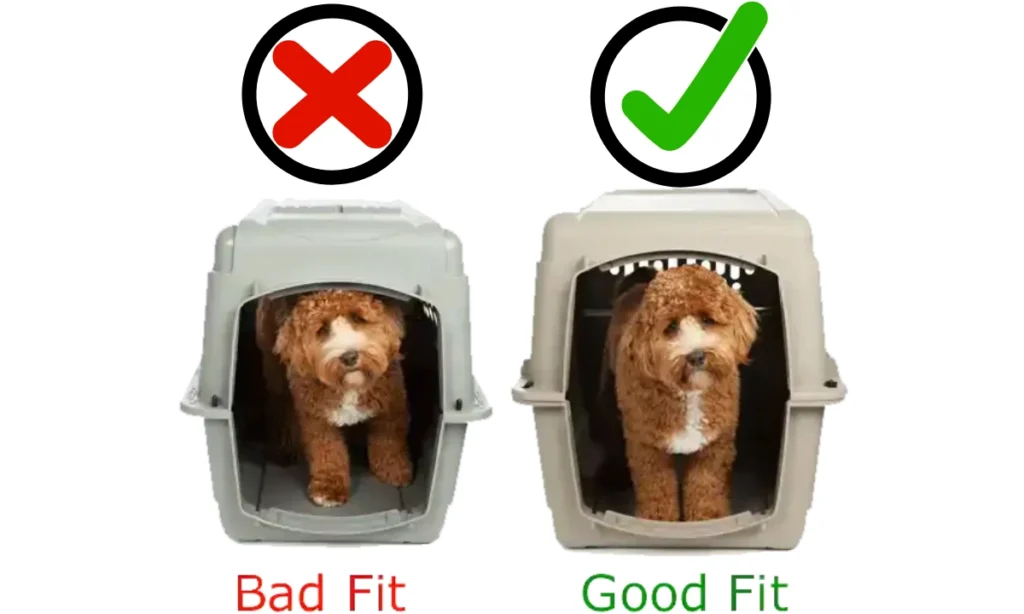
Airline-Approved vs. Non-Compliant Pet Crates
Not all pet crates are suitable for air travel. Airlines follow strict guidelines set by the International Air Transport Association (IATA) for pet crates. A non-compliant crate will result in your pet being denied boarding the plane.
An airline-approved crate must:
- Be made of strong, rigid plastic or metal (soft-sided carriers are not allowed for cargo travel)
- Be large enough for your pet to stand, turn around, sit and lie down comfortably
- Have secure, non-slip fasteners and a locking door
- Be well-ventilated on all four sides
Avoid crates that are too small, poorly ventilated, or have weak latches. We can help you choose the perfect crate for your pet, so they don’t get denied on travel day.
How to Measure Your Pet for the Correct Crate Size
Choosing the best crate size is vital for your pet’s safety and comfort. Use these simple steps to measure your pet:
- Length in cm = Nose to root of tail (tail excluded)
- Length of front leg in cm = Floor to elbow joint
- Width in cm = At the widest point
- Height in cm = Floor to top of head or ear tips while standing (whichever is higher)
Is your pet a brachycephalic breed (‘brachy breed’) like a French Bulldog or Persian Cat? These pet breeds need larger crates than other pets of similar size because their airways are more obstructed, making it harder for them to breathe.
A crate one size larger gives your brachy breed more space and ventilation.
Our experts are always on hand to advise you and help you select the crate best suited for your pet.
Crate Training Tips to Reduce Pet Anxiety During Travel
Crate training helps pets feel safe and relaxed in their travel crate. Follow these steps to make the crate a positive space:
- Early introduction: Start crate training at least a few weeks before travel.
- Make it comfortable: Place soft bedding and a familiar-smelling blanket or T-shirt inside.
- Encourage exploration: Leave the crate open and let your pet enter voluntarily. Reward them with treats.
- Practice short stays: Have your pet stay in the crate with the door closed, gradually increasing the duration.
- Simulate travel conditions: Carry the crate, take short car rides, or place it in different locations to get your pet used to movement.
A well-trained pet will feel secure in their crate, making travel smoother and less stressful for both of you.
5. Not Checking Your Pet’s Microchip Information
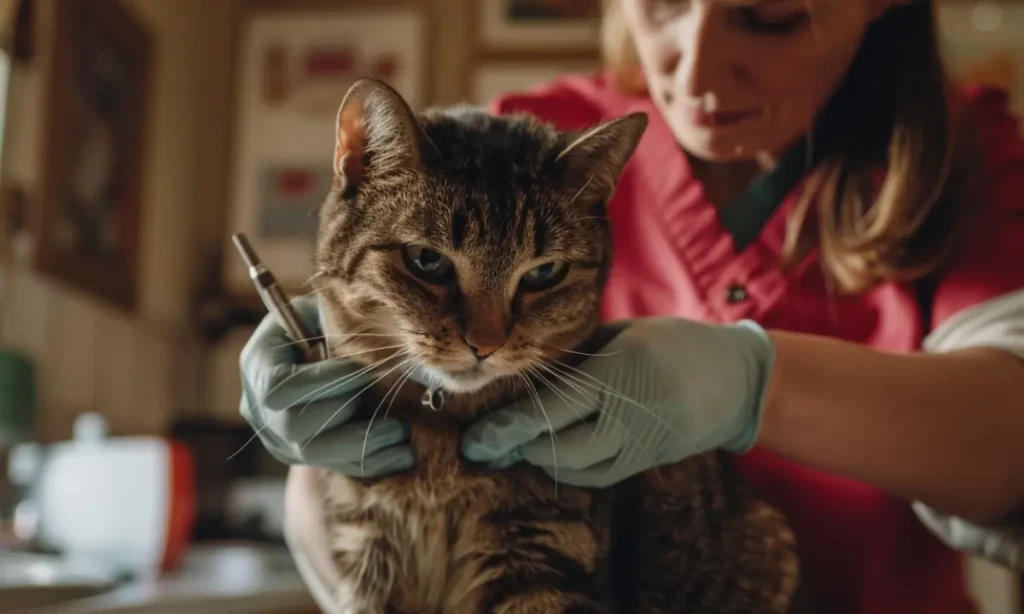
Full disclosure, I forgot to check my pet’s microchip information recently. It didn’t happen during pet travel per se, but while moving house.
Archie our Cavoodle had the wrong address details attached to his chip. I didn’t realise for a few months (luckily nothing happened).
The thing is, individual mistakes can happen, especially when you’re organising a million other things. It’s one of the reasons hiring pet travel experts is so important, as companies like Dogtainers have processes in place to make pet transport safe and stress-free.
Importance of Microchipping for Pet Travel in Australia
Pet microchipping is a mandatory requirement for pets entering Australia. It helps authorities identify and track pets, ensuring they meet biosecurity regulations.
A microchip is a small electronic device implanted under your pet’s skin, containing a unique identification number.
Before your pet travels, its microchip must be ISO 11784/11785 compliant and readable by Australian scanners. If your pet’s microchip is missing or faulty, they may face extended quarantine, delays, or even denied entry.
Ensuring the microchip is registered and functional is essential for a smooth journey.
How to Verify and Update Your Pet’s Microchip Details
Before travelling, check that your pet’s microchip is working and registered with accurate details. Follow these steps:
- Visit your vet: Ask them to scan your pet’s microchip to confirm it is readable.
- Check the microchip number: Ensure it matches the one on your pet’s documents.
- Update your contact details: Contact your pet’s microchip registry to confirm your phone number, address, and emergency contacts are correct.
- Ensure international compatibility: If your pet was microchipped overseas, confirm that Australian scanners can read it. If not, your pet may need a second, compliant microchip before travel.
Keeping your pet’s microchip details current means authorities can contact you if necessary.
What Happens If Your Pet’s Microchip Is Unreadable?
If your pet’s microchip cannot be read upon arrival in Australia, they may:
- Be placed in extended quarantine until their identity is confirmed
- Need a new microchip and updated documentation before release
- Be refused entry if their identity cannot be verified
6. Feeding Close to Departure

Risks of Feeding Pets Too Close to Travel Time
Feeding your pet too soon before travel can cause motion sickness, nausea, and discomfort during the journey. Some pets can feel stressed when travelling, and a full stomach can make them more likely to vomit.
Feeding your pet too close to departure also increases the chance they’ll need to relieve themselves in the crate. This may make the journey uncomfortable or lead to removal from the flight before takeoff.
We recommend feeding your pet their last meal 8 hours before the flight.
Best Feeding Schedule Before a Flight
To ensure your pet stays energised but not overfed, follow this feeding schedule:
- The night before travel: Feed your pet a meal at their usual time.
- Morning of departure (for afternoon/evening flights): Offer a meal early in the morning, at least 8 hours before departure.
- For early morning flights: Feed your pet the night before and avoid feeding in the morning.
Avoid giving new foods, heavy meals, or rich treats before travel, as these can upset your pet’s stomach.
Hydration for Pet Travel
Keeping your pet hydrated is critical. Ensure your pet is well hydrated for 48 hours before they travel.
You don’t need to overdo it, as your pet has access to water throughout the journey – at pet boarding, during transit stops, and in the crate while flying.
7. Stressing About Pet Travel
How Owner Stress Affects Pet Behaviour During Travel
Pets are sensitive to your emotions. If you’re stressed or anxious about the journey, your pet will pick up on it.
This may lead to restlessness or refusal to enter the travel crate.
Staying calm and confident reassures your pet that everything is okay. A relaxed pet will handle travel better and have a smoother, safer journey.
Techniques to Keep Both You and Your Pet Calm
To reduce stress for both you and your pet, try these techniques:
- Prepare early: Last-minute rushing increases anxiety. Have all documents, travel crates, and vet checks sorted well in advance.
- Practice crate time: Encourage your pet to explore their crate before travel. Use treats and praise to create positive associations.
- Stay calm at drop-off: Speak softly and avoid showing stress. Your pet will feel more secure if you’re relaxed.
- Use calming aids if needed: Some pets benefit from pheromone sprays or other vet-recommended calming supplements.
- Breathe and trust the process: Pet travel services are designed to keep animals safe and comfortable.
Why Trusting the Process Makes a Difference
Professional pet transport services follow strict guidelines to ensure pets travel safely. Experienced handlers know how to manage pets in transit, monitor their well-being, and respond to any issues.
Trusting the process means:
- Knowing your pet is in good hands with trained professionals
- Understanding that pets adjust quickly to new environments when they feel safe
- Remembering that thousands of pets travel safely every year with no issues
8. Not Hiring Professionals
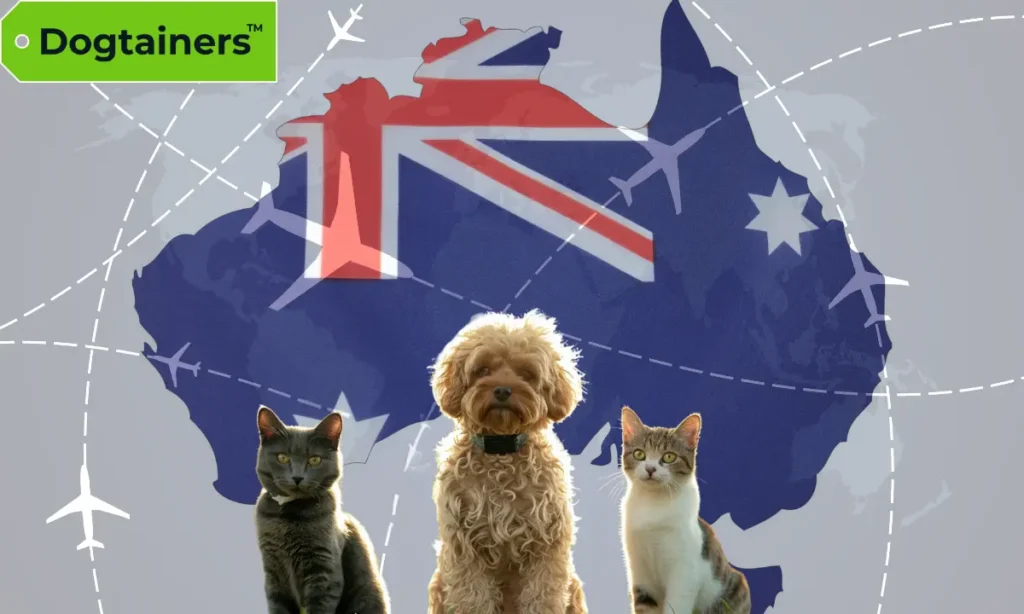
Benefits of Using a Pet Travel Specialist
Travelling with pets can be complex, especially when dealing with quarantine rules, airline regulations, and paperwork. A professional pet travel specialist helps make the process smooth and stress-free.
Some key benefits of using pet travel experts include:
- Ensuring all vaccinations, microchipping, and paperwork meet Australian requirements
- Booking flights on pet-friendly airlines with proper handling procedures
- Handling quarantine bookings and liaising with government authorities
- Providing advice on crate training, feeding schedules, and pet comfort during travel
Hiring a specialist reduces the risk of mistakes that could lead to delays, extra costs, or even denied entry for your pet.
How Professional Pet Transport Services Simplify the Process
Pet transport services handle the complicated details so you don’t have to. They can:
- Assess your pet’s travel needs and create a customised plan.
- Arrange necessary vet visits and ensure all medical requirements are met.
- Book flights and quarantine stays on your behalf.
- Provide IATA-approved travel crates suited to your pet’s size.
- Handle customs clearance and import permits for international travel.
Using a professional service saves time, avoids stress, and ensures your pet’s travels are safe and comfortable.
How to Choose a Reputable Pet Travel Company in Australia
Choosing the best pet transport company is vital, as not all providers offer the same level of service. Look for a company that has:
- Experience
- Trusted credentials
- Comprehensive services
- A wide network of contacts
- Updated info on industry regulations
- Domestic and international airline partnerships
- High ratings in customer reviews and testimonials
Dogtainers is Australia’s oldest and most reliable pet transport company, with the largest network in the country. For the past 50+ years, our experts have been delivering safe, comfortable and stress-free pet travel solutions.
Conclusion
Travelling with pets in Australia requires careful planning and attention to detail. Preparation is the key to stress-free pet travel.
Start early, follow all regulations and ensure your pet is comfortable and ready for the journey.
If you feel overwhelmed, we can help handle the process and ensure everything goes smoothly. We’ve been perfecting stress-free pet transport for 50+ years.
Get your quote today.

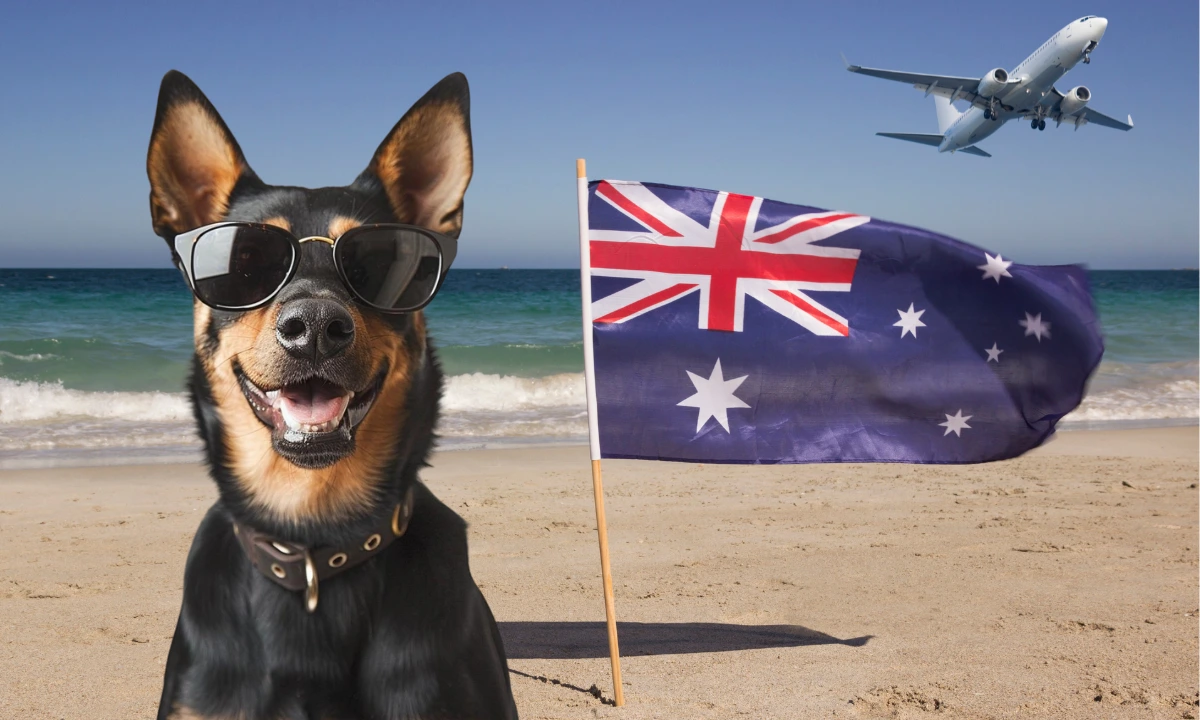
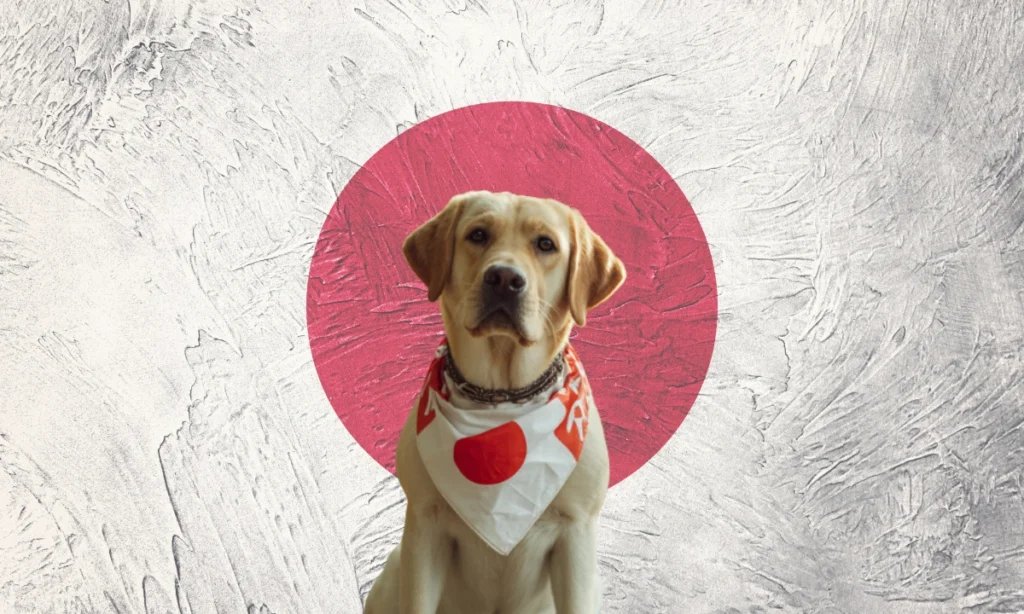
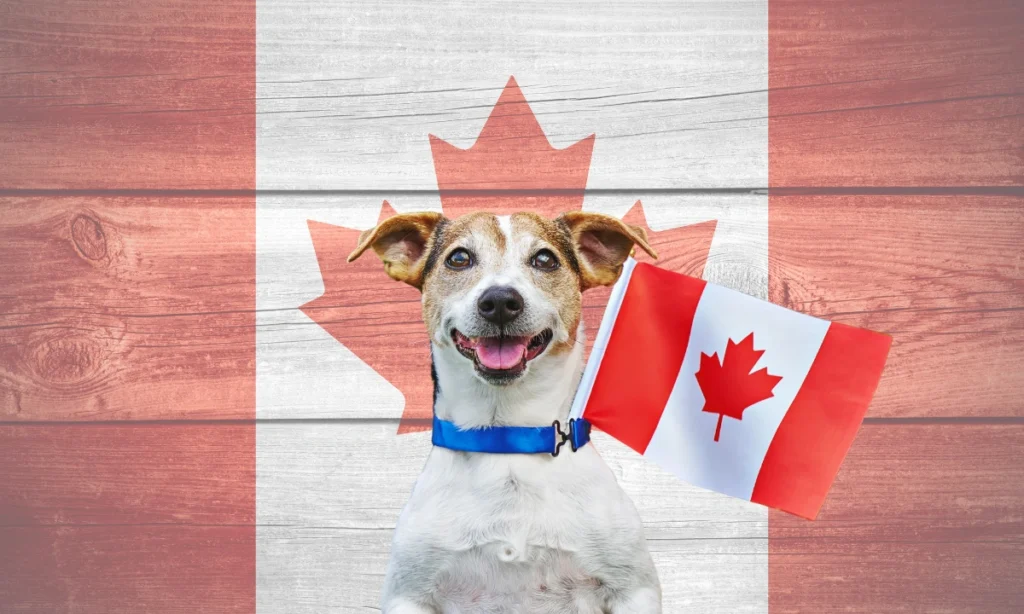
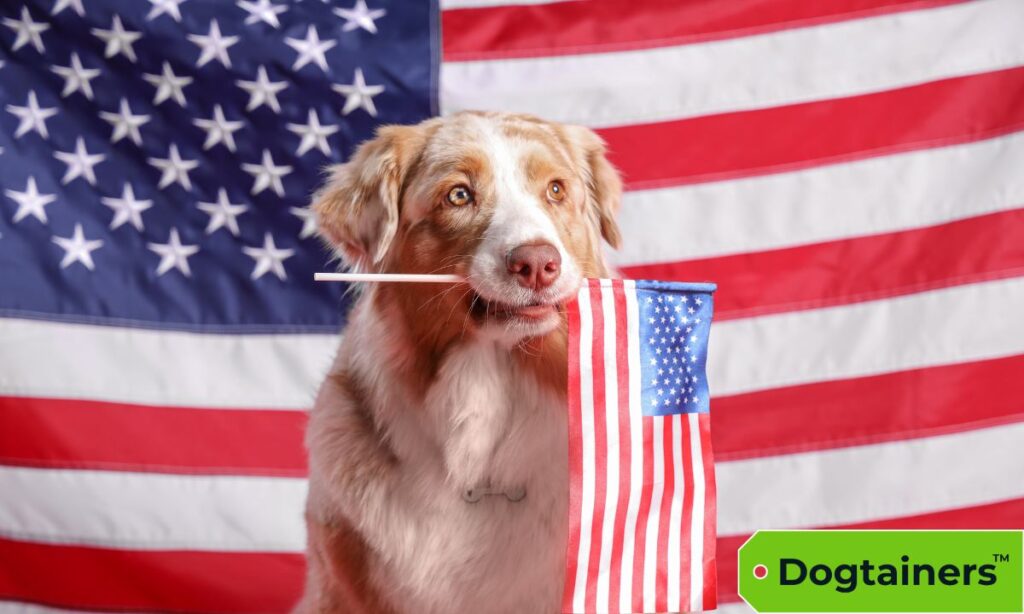
Share this article